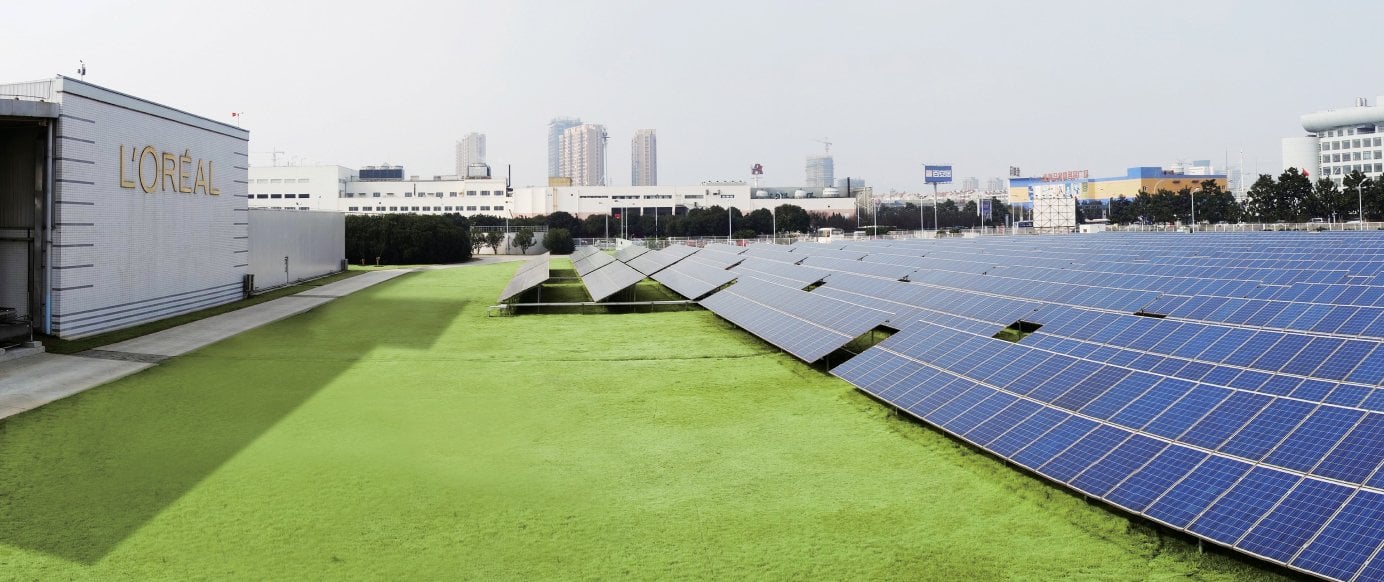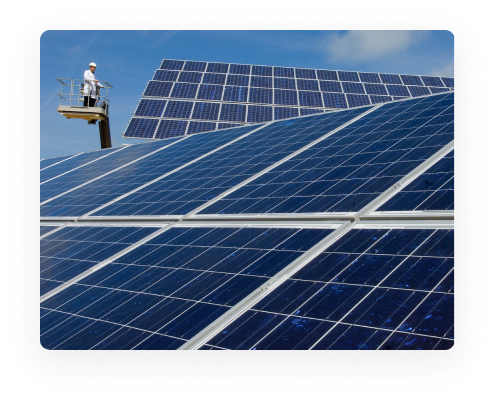Fighting Climate Change
Achievements 2021For more than 20 years, we have worked to reduce the CO2 emissions linked to our industrial activity. To achieve this, we improved energy efficiency across all our facilities (buildings, equipment, etc.), increased the use of local renewable energy wherever possible and achieved the targets defined for the sites without carbon offsetting projects. We elaborated our renewable energy strategy according to the local possibilities offered by the industrial sites in the various countries where we operate: for most of our carbon reduction projects, we used locally produced renewable energy, or directly produced our own renewable energy (biomass, biomethanisation, solar panels, etc.).
In 2017, we were among the first hundred companies to set Science-Based Targets (SBT) approved objectives on. Our overarching climate change objective for 2030 is to align our greenhouse gas emissions to the +1.5°C scenario, meaning we will reduce by 50% per finished product all our greenhouse gas emissions over our entire value chain (scopes 1, 2 and 3), compared to 2016. To achieve this, we have set numerical targets for every aspect of our activities to include not only our production and distribution facilities but also the raw material supply chain and the indirect impacts associated with the use of our products by their final consumers.
Our targets
100%
By 2025, all of our sites will have achieved carbon neutrality by improving energy efficiency and using 100% renewable energy.
-25%
By 2030, we will innovate to enable our consumers to reduce the CO2 emissions resulting from the use of our products by 25% compared to 2016, on average and per finished product.
-50%
By 2030, we will reduce by 50% on average and per finished product, the greenhouse gas emissions linked to the transport of our products, compared to 2016.
-50%
By 2030, our strategic suppliers will reduce their direct emissions (scopes 1 and 2), by 50% in absolute terms, compared to 2016.

What we’ve achieved so far
-74%
Since 2005 we’ve reduced the CO2 emissions of our plants and distribution centers by 74% in absolute terms compared to 2019, whilst production volume increased by 12% over the same period.
131
At the end of 2023, L’Oréal had 131 carbon neutral sites (using 100% renewable energy), including 22 factories.
Low Carbon Growth: Our Strategy

To reduce its carbon footprint, L’Oréal is taking a two-pronged approach. Firstly, the Group has reduced the emissions of its industrial sites by 91% compared to 2005 by lowering the greenhouse gas emissions of its plants and distribution centres, using renewable energy and improving its energy efficiency. In the same period, its production volume increased by 45%, which confirms L’Oréal’s ability to combine commercial success with its commitment to ambitious climate action.